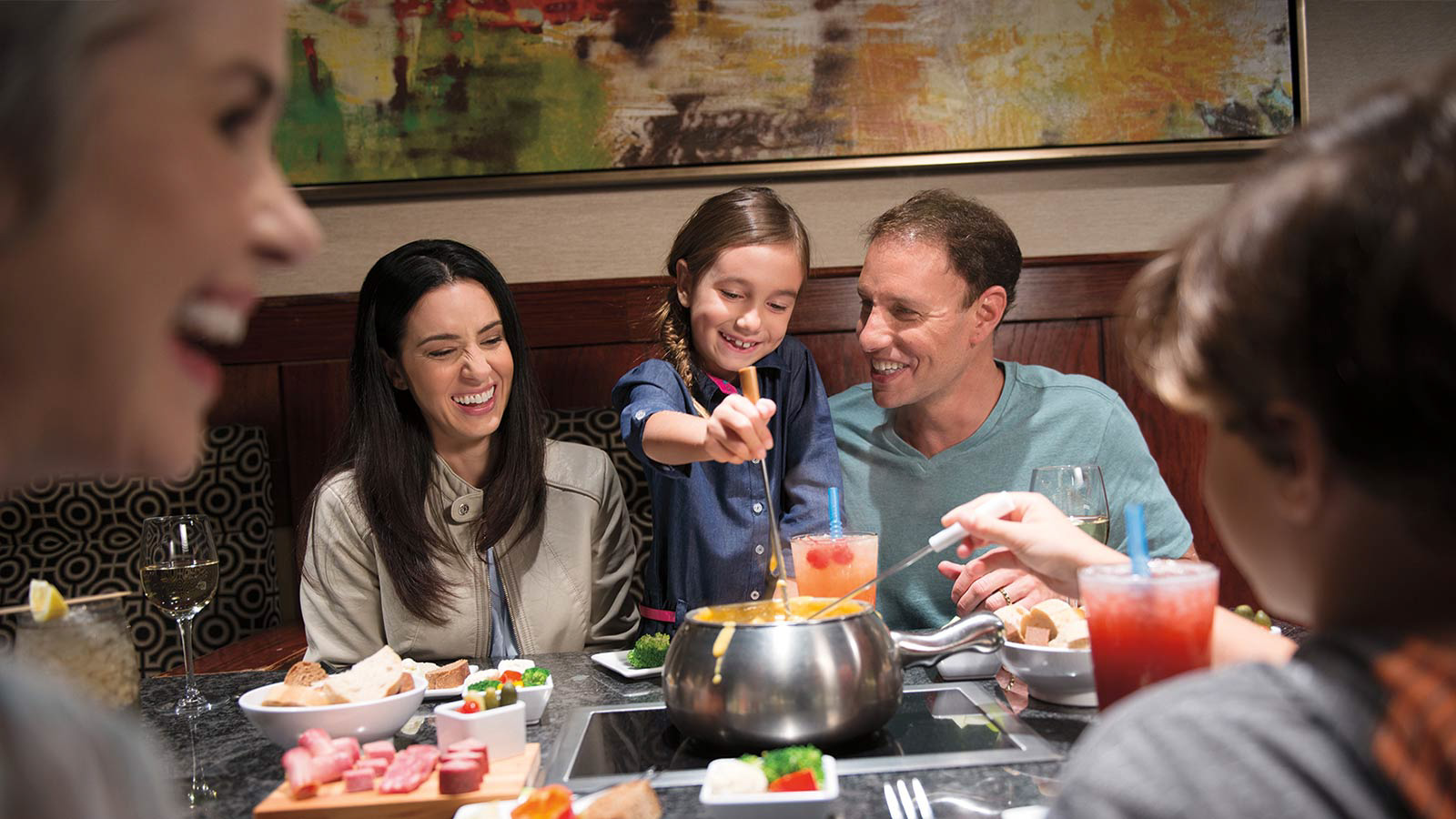
With a soon-to-open restaurant in the works, the Sioux Chef currently operates as a catering company, offering healthy dishes like cedar-braised bison, sage-smoked turkey and cornmeal-crusted walleye trout. The group's founder and CEO, chef Sean Sherman, specializes in indigenous, pre-colonial foods of the Great Plains that are naturally gluten-, dairy- and refined sugar-free. Inspired by centuries of history in the area, the Sioux Chef is a group committed to revitalizing Native American cuisine and making it more accessible to the public. When it comes to culinary creativity, no group has been playing with local ingredients and flavors longer than Minnesota’s Native American communities. At Hmong Village, which opened in 2010, the must-try bites include pastel-colored boba or bubble teas khao piak sen chicken soup flavored with lemongrass and tapioca noodles and hard-to-resist rice-flour doughnuts filled with sweet bean paste and topped with sesame seeds. Situated inside a former lumber warehouse, Hmongtown Marketplace, which has been a neighborhood fixture since 2004, has hundreds of vendors and a seasonal outdoor farmer’s market. Paul’s expansive Hmongtown Marketplace and Hmong Village, from steaming bowls of beef pho to spicy papaya salad. Today, you’ll find some of the best Hmong food in the country at St. During the mid-1970s, many Hmong refugees moved to Minnesota, escaping destructive wars in Laos. While Minnesota is perhaps best known for its large Scandinavian diaspora, the Twin Cities are also home to America’s largest community of Hmong people-a distinct ethnic group from East and Southeast Asia. Paul is a must-visit food and cultural destination

The bustling Hmongtown Marketplace in St.


 0 kommentar(er)
0 kommentar(er)
